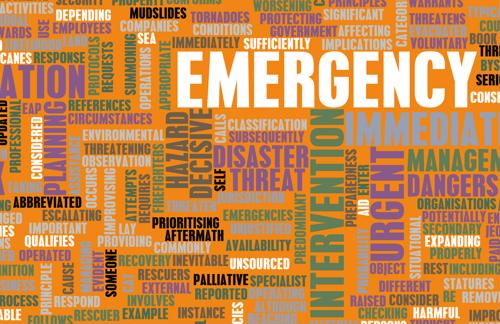
Leadership in emergencies: Lessons from the Northern Territory floods
08 Oct 2024
In March 2024, the Northern Territory faced devastating floods. While the disaster shook communities to their core, it also shone a spotlight on leadership in times of crisis. Local leaders, businesses and communities were forced to make rapid decisions and support their teams in ways they hadn't anticipated.
For those of us in corporate settings, there's a lot to learn from how they handled the chaos. Crisis leadership isn't just about managing logistics; it's about providing direction, leaning into resilience and making tough calls when it matters most.
Supporting team resilience
When disaster strikes, people are hit on multiple fronts — emotionally, mentally and physically. It's easy to focus on the logistics, but true leadership goes deeper. One thing that stood out to me during the Northern Territory floods was how leaders supported their teams on an emotional level. They fostered a sense of security and offered clear communication amidst uncertainty.
Leaders on the ground made space for people to process their emotions, while still focusing on the tasks at hand. They actively checked in with individuals, offered flexibility and led with empathy. In corporate settings, this translates to mental health support, encouraging open dialogue and ensuring your team knows their well-being comes first.
Rapid decision-making under pressure
During a crisis, time is a luxury you don't have. Leaders in the Northern Territory had to make snap decisions regarding evacuations, safety and recovery. Their ability to act fast made all the difference. Remember, preparation meets confidence. Managers who were familiar with the risks and had contingency plans could respond and pivot as the situation evolved.
To develop this skill, practice quick, informed decision-making even in low-pressure situations. This way, when the heat is on, you're already in the habit of trusting your instincts and executing a plan. People on the ground during the floods were trusted to make calls without micromanagement. In a business crisis, you need to empower your team to make critical decisions and trust them to do it well.

Creating crisis contingency plans
One thing the floods highlighted is that a solid contingency plan can save lives — literally. A corporate crisis may not be life-threatening, but the stakes can still be high. Team leads who invest time in developing detailed contingency plans are always better equipped to handle the unexpected.
Start by identifying potential risks and creating action steps for each one. Who will be responsible for what? What resources do you need? What's your communication strategy? Leaders in the Northern Territory had these answers ready, which meant when the floods hit, they were already ahead of the game.
Leading recovery efforts
Once the waters recede, the real work begins. After a disaster, people often feel drained and defeated. Part of leadership is helping them find their footing again. Northern Territory leaders actively supported their teams' recovery by reestablishing routines, setting achievable goals and celebrating small wins to regain a sense of normalcy.
In a corporate setting, this might look like guiding your team through a business crisis or setback. Focus on rebuilding confidence, reinforcing the team's value and offering opportunities for professional growth. Instead of pretending the disaster never happened, show your team that while setbacks are inevitable, recovery is always possible.
Secure your leadership skills for any crisis
Crisis management is all about balance. The Northern Territory floods showed us that decision-making in natural disasters is about more than logistics; it's about resilience, empathy and quick thinking.
If you're interested in learning how to build these skills and lead your team through any challenge, check out our Resilience Course. It's time to be the leader your team needs — whether in calm seas or floodwaters.





